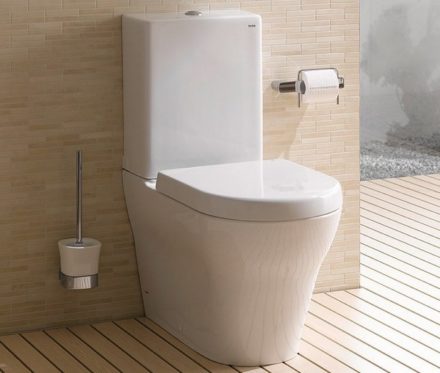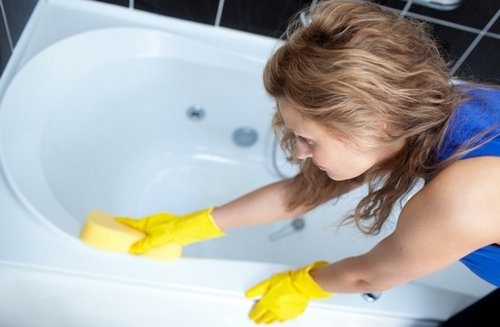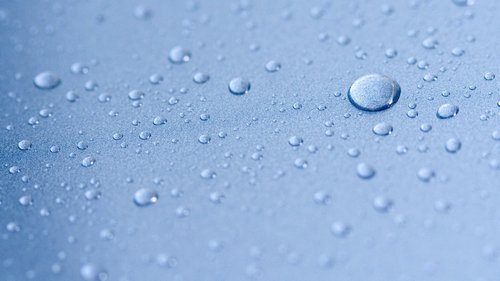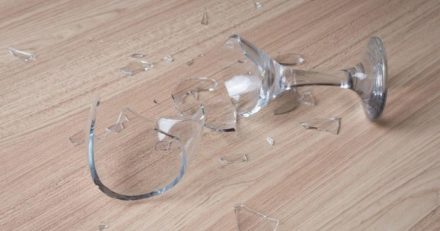Every housewife strives to keep the bathroom and kitchen clean. The water in the taps flows oversaturated with salt, its hardness forms a coating that is difficult to wash off. The plumbing gets dirty and looks worse.
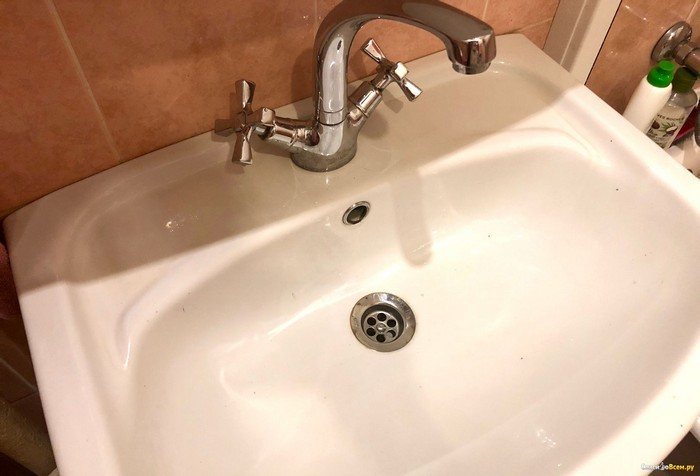
Removing stains with vinegar
Vinegar works well when removing limescale from ceramics. It should be added to a saucepan in a 200-gram volume and heated to a temperature of forty degrees. Next, this should be placed, for example, in a toilet bowl for 12 hours. Accordingly, it is temporarily impossible to wash off the water.
The benefits of ammonia
Ammonia easily copes with the removal of limescale deposits from mirrors, glass, and plastic surfaces. After using it, there are no stains or streaks left. When washing with ammonia, all contaminants are carefully removed. Use it undiluted or add water to the ammonia in small quantities.
Silit Bang
This is a professional chemical agent against limescale stains, which must be highlighted separately. The main active component is hydrochloric acid. It is a gel liquid that is designed to remove plaque that is difficult to remove. It is also capable of removing rusty stains; it also ideally whitens and disinfects plumbing fixtures.
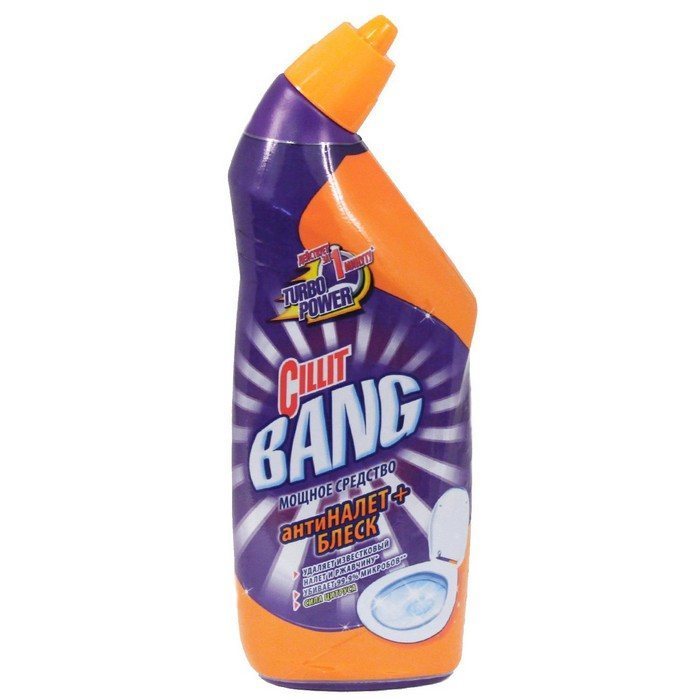
Lemon method
Lemon is an indispensable assistant in the fight against minor pollution.Good for washing away deposits that were discovered relatively recently.
You need to thoroughly wipe the stained areas with pieces of fruit. Leave the lemon on the surface for 30–40 minutes. Then you need to rinse with water and wipe with napkins.
Treating stains with boric acid
Boric acids effectively remove limescale deposits in the bathroom and kitchen. Endowed with disinfectant properties. They can be easily purchased without a prescription at a pharmacy store.
They come in powder and liquid. Safely and easily cleans sinks, toilets, tiles and more. To increase efficiency, add lemon juice to boric acid.
For example, to remove limescale stains from a toilet, you need to pour powdered acid into the tank and leave it for 10 hours. The cleaning agent is then easily washed off, leaving a shiny surface.
Removing stains with citric acid
Citric acid is great for removing scale from your washing machine and kettle. Dissolved, it perfectly cleans plaque formations.
To obtain a solution of the desired composition and consistency, you should:
- Take half a liter of running water and heat it to a warm temperature.
- Add 60 grams of citric acid, mix carefully and thoroughly (since residual fine grains can harm the surface).
The resulting liquid must be placed on the area with plaque. After 15 minutes, rinse with a napkin.
To remove complex limescale stains, place a sponge moistened in an acid mixture on top of them for 30–40 minutes.Repeating this operation is possible until the contamination is completely removed.
Domestos
Chemical preparation for cleaning surfaces in the kitchen and bathroom. It contains hydrochloric acid, which can also remove complex stains from water stones.
Domestos gel liquid should be added to the problem area. Just 10 minutes, and the plaque has been successfully removed. It should be noted that you cannot keep the product on the dirt for a long time in order to protect the surface from damage.
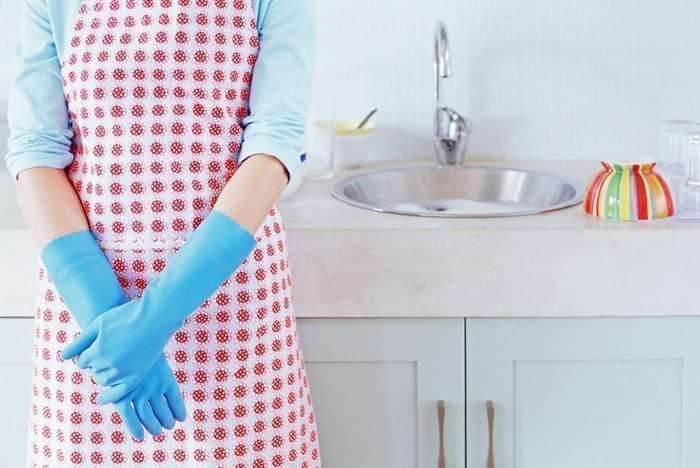
It is possible to remove limescale, “water stains” and other formations in the bathroom with professional cleaning products; Also, in practice, folk methods can be very effective. If you clean regularly, difficult stains will not happen. The cleaning products recommended in this article will help you maintain constant order.



